Pillars of Eternity: a beginner's guide to combat
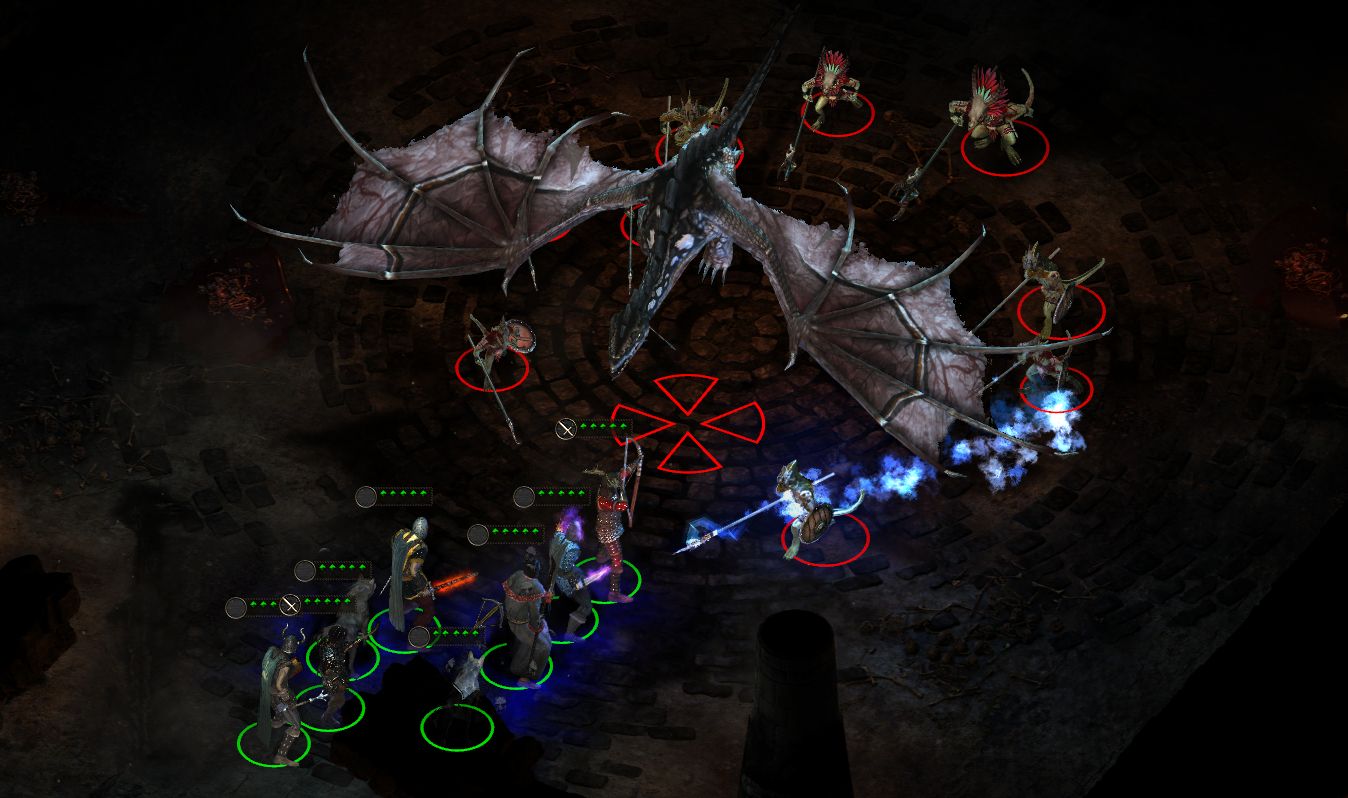
We love Pillars of Eternity. It's not just a great story-driven RPG, it has a challenging combat system that's rewards strong tactical thinking.
If you've played Baldur's Gate or any of the other Infinity Engine games, you already know where to put a wizard. But for those new to the genre, some questions need answering, like "what's a disengagement attack, and why should I care?" and "what do I do when my ranged DPS guy's engaged by a high-DR fighter, and what are all those words I just said?"
We're here to help. In this guide we'll cover essential aspects of combat that will help you survive, including a few mechanics that aren't immediately obvious to newcomers. Pillars of Eternity does a great job of decluttering the old D&D systems that powered Baldur's Gate and its ilk, but it's still relatively complex by modern RPG standards, so let's demystify things a bit, starting with the most important button on the keyboard.
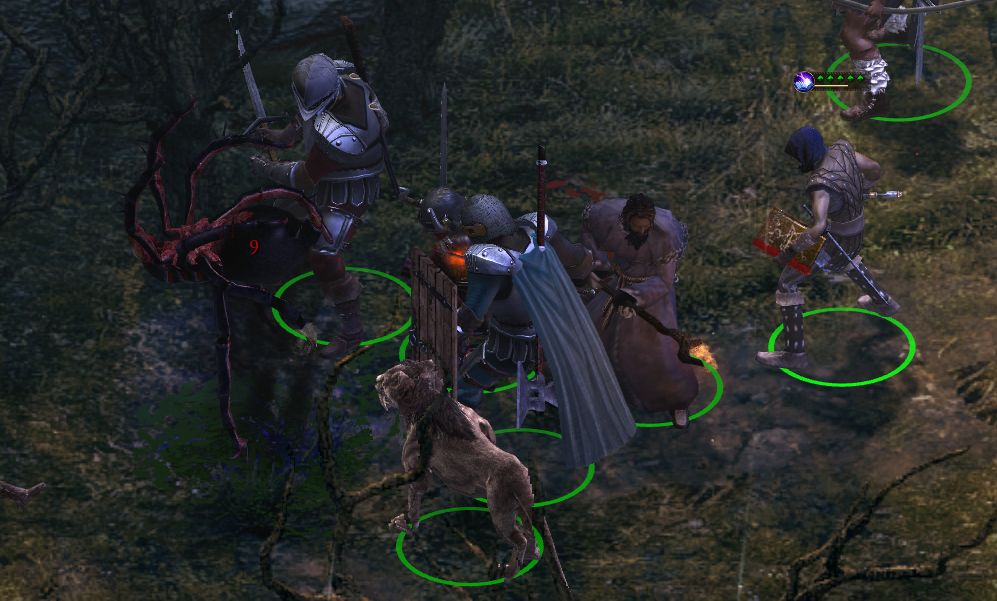
Learn to love the pause key
The spacebar and the S key are your friends. The first pauses time and lets you give direct orders to your adventurers—expect to do this all the time. The S key makes the game run at half speed, which makes it a lot easier to figure out who is targeting whom in a big messy melee brawl.
Keep an eye on the red and green lines that sprout from the feet of friends and enemies. These are lines of attack that will tell you exactly how many enemies your tank is occupying, and whether a squishy character like a magic caster is in the sights of a dangerous bad guy.
Pillars of Eternity lacks the AI-tweaking tactics systems we've seen in Dragon Age, and just ordering your entire party to attack will only work for the very weakest enemies. Constant micromanagement is essential, but chances are you'll soon fall in to a default rhythm for tackling smaller foes.
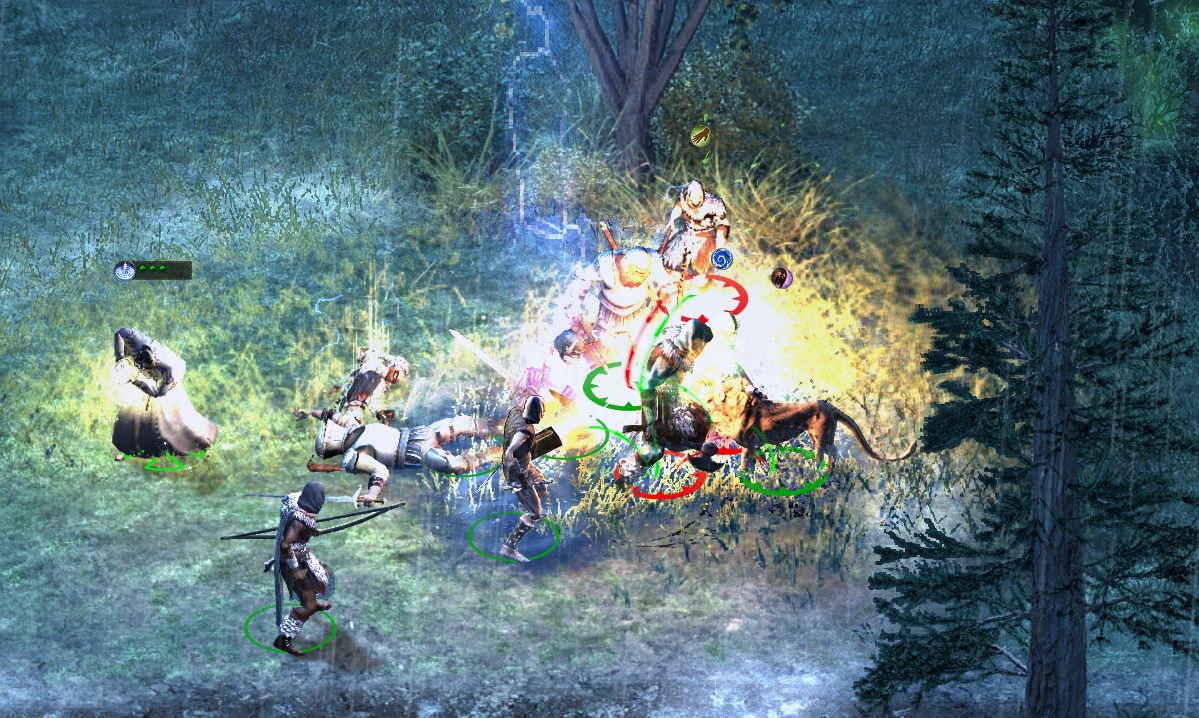
Endurance, health and death
Before we get into tactics and team balance, let's look at exactly how health and death work in Pillars of Eternity. It's an unconventional but intuitive system that simulates short-term and long-term damage.
-Endurance measures short-term combat damage, while the health bar shows you how close your characters are to death. Your endurance pool is reflected on your character portrait, and your health pool is shown as a vertical bar next to your character portrait.
-Incoming damage is applied to both pools, but while endurance regenerates between encounters, health damage stacks. Health can be recovered completely by resting at a campfire or an inn.
-If your endurance runs out in a fight your character will be knocked out until the end of combat. Once the combat's over, the character stands up and their endurance quickly regenerates. If your health runs out you become maimed.
-A maimed character regains their endurance, but has only 1 health, and suffers severe penalties to accuracy and defense stats. If they're reduced to 0 health again, they're dead.
-Yes, really dead. If your main character dies it's game over. If a companion dies they are gone. There are no lovely magic potions or phoenix downs that will bring them back in Pillars of Eternity. Say your goodbyes and carry on.
-On higher difficulties, or if you're playing on expert mode, you don't get the benefit of the maimed status, you just die straight away if your health runs out.
With all that in mind, let's focus on how not to die.
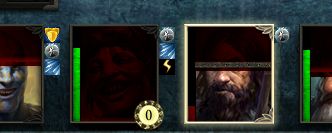
This looks really bad for the guy on the left. He's out of endurance, but he's got loads of green health. If the party survives the fight, he'll get right back up again. The guy on the right however is close to being maimed (look at the tiny red bar next to his portrait). The horizontal grey bar on his portrait reflects wounds, which stop endurance from regenerating beyond that point.
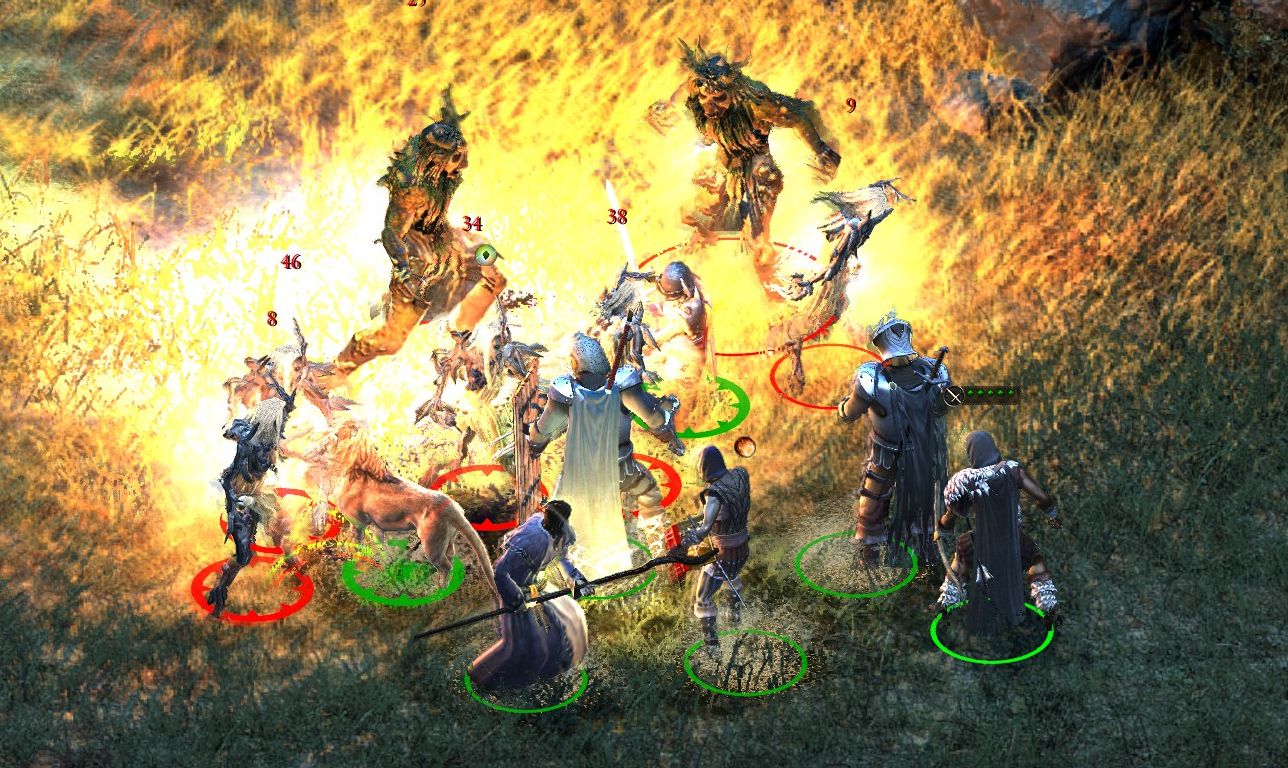
Positioning is important
Some character classes can't take a punch. They need to be protected, and the best way to do it is to put them behind a big ugly bruiser who can soak up damage in their stead. Where you can, use positioning to force enemies into a battle line with your fighters, and then arrange your rangers and mages behind the line.
This works because once an enemy is engaged with one of your melee fighters, they can't get away without taking a free hit. Think of your melee line as a gluey strip. Use them to pin charging foes in place for those big damage-dealing classes to do their work.
Here's a screenshot to demonstrate why pinning is useful. You can tell from the red lines sprouting from the trolls' bases (and the green lines from my tanky lion and fighter characters) that all of the trolls are engaged by my front line fighters. That gives me the chance to move my wizard around the flank to line up a big flaming barf attack.
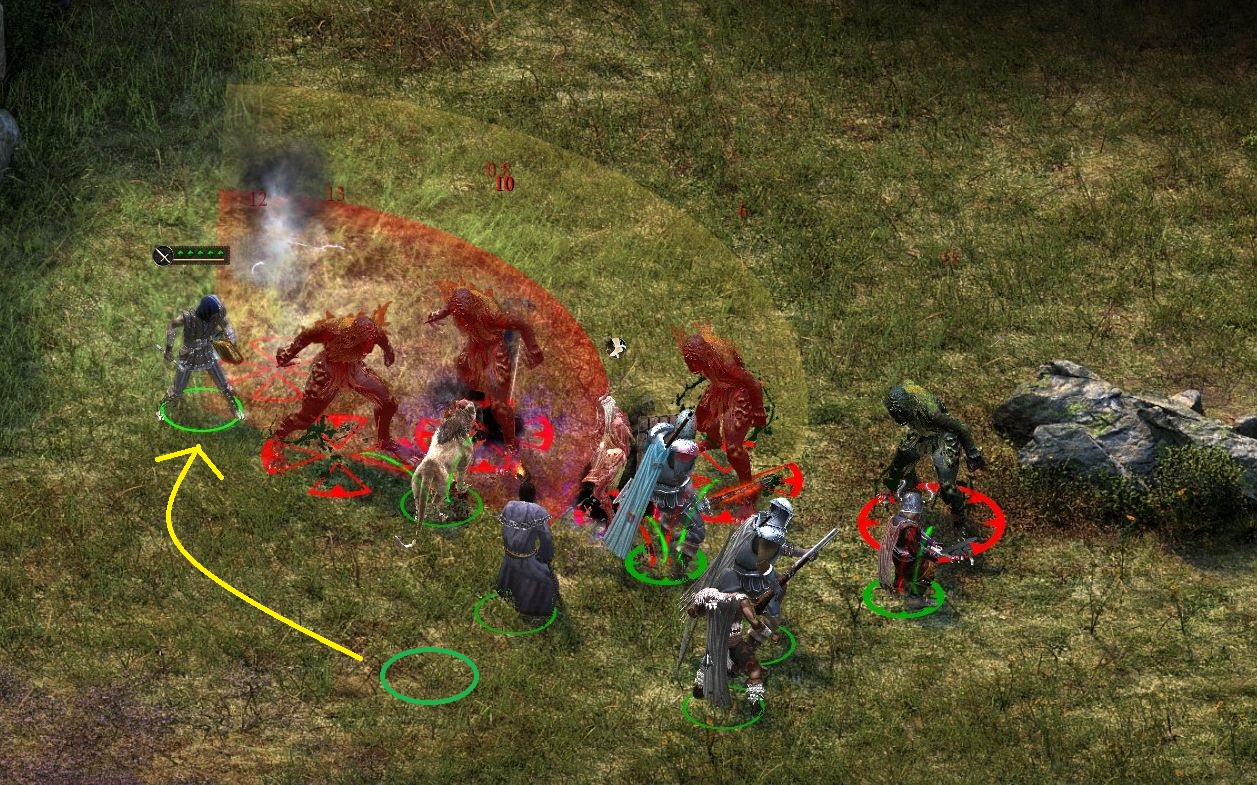
Note that you can also use doors and other chokepoints to make fights much easier. If you can block every enemy with a couple of tanks and keep them healed up, your ranged damage specialists can pick enemies apart undisturbed.
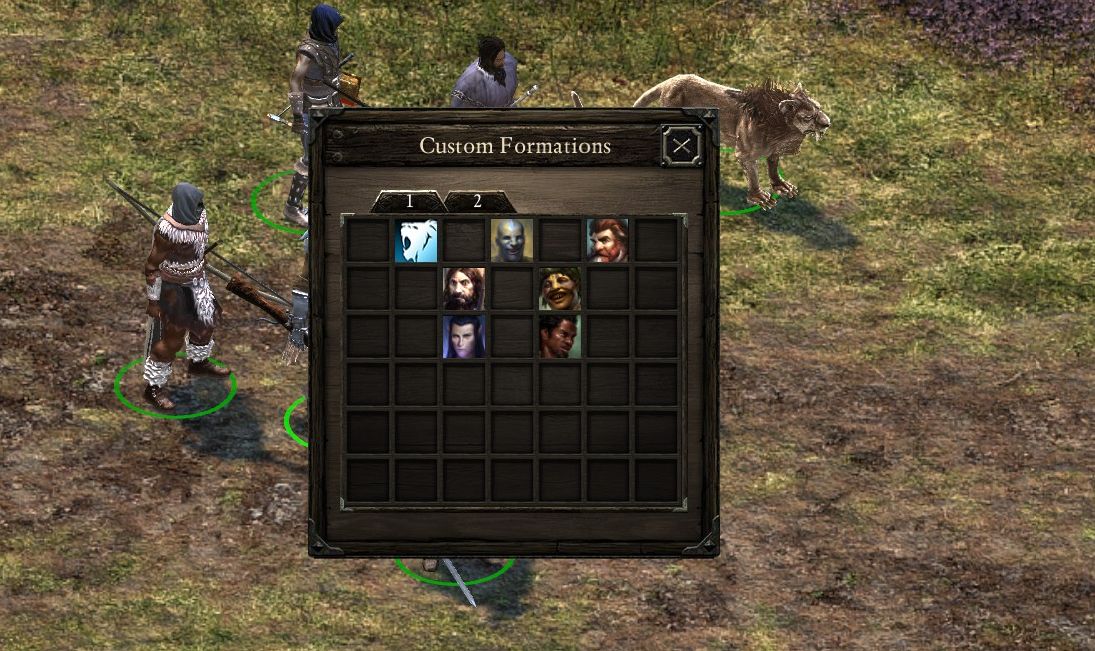
Custom formations are useful
A good custom formation lets you start the fight with perfect positioning. You have two slots for custom formations, and you can bring up the customisation menu with the F key. There you'll be able to place character portraits on a grid. The top edge of the grid is the edge that will face the enemy, so line up your tanks closer to the top.
The little domino icon on the bottom left corner of your taskbar lets you set your default formation. The custom formation thumbnails are to the far right of the list, and always look like hexagonal formations—don't worry, when you box-select and move your party in the world, they'll organise themselves according to the custom arrangement you've specified.
One more thing. You can rotate your formation by holding the right mouse button. This is great for angling your tanks toward a charge.
Here's a shot of how the formation I've constructed above appears in-game. My front line consists of a central tanky fighter, my ranger's tanky lion and a high-damage barbarian. My magic users and ranged-attack people are clustered behind. This is just a really basic example to show you how the system works. Have fun experimenting.
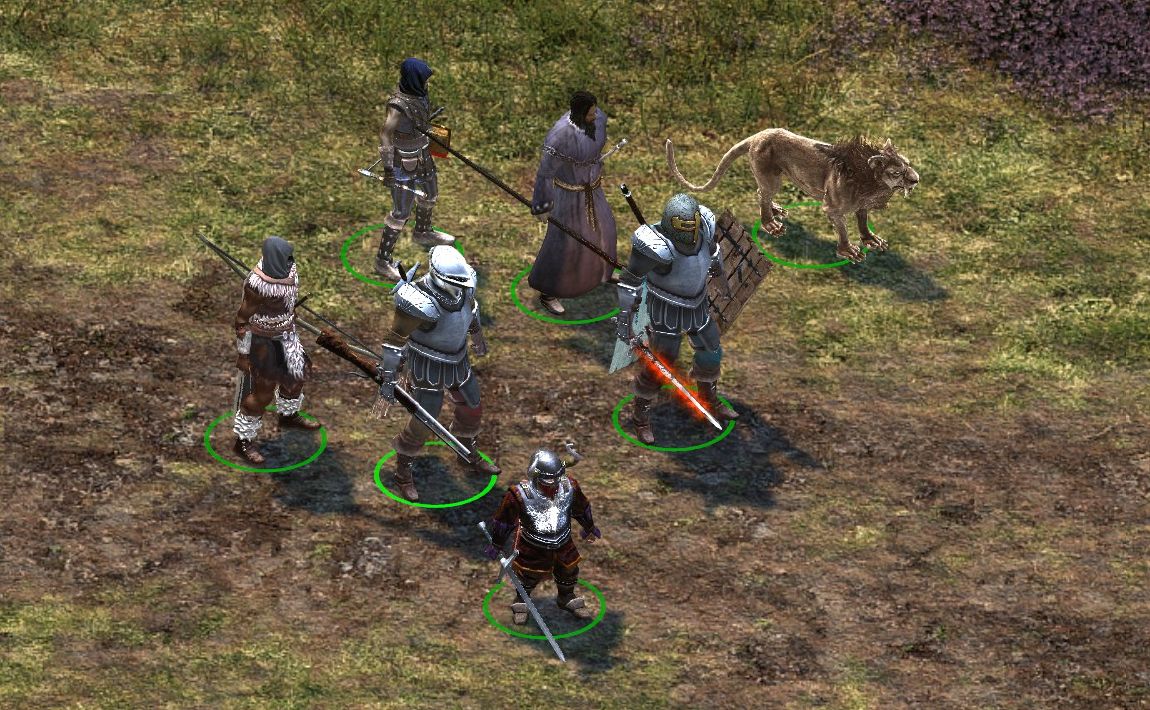
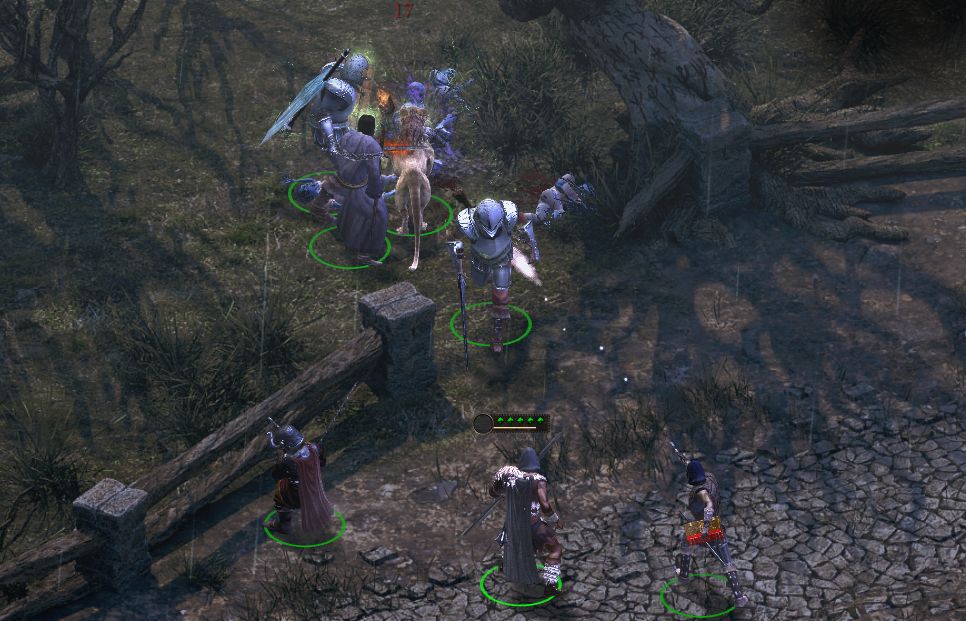
Be careful when disengaging
If you move a character away from melee contact, the enemy gets an instant free attack with a significant damage and accuracy bonus that also forces your character to pause momentarily. During that pause the enemy can re-engage.
The system punishes careless movement and makes it hard for squishy characters to get away from fighters. If you're taking a ton of damage and aren't sure why, you might be triggering a bunch of disengagement strikes without realising by giving your engaged fighters lots of movement orders.
Where possible, use abilities to disengage. The rogue's extremely useful Escape move lets him slip away without penalty, for example. Look for moves that stun or use shockwaves to push enemies out of close combat, like the wizard's Grimoire Slam.
Disengagement strikes affect enemies as well, of course, so make use of fighter abilities that let them engage more than one enemy. A good fighter can trap three enemies in his sphere of influence, and deal lots of damage to fools that try to get away.
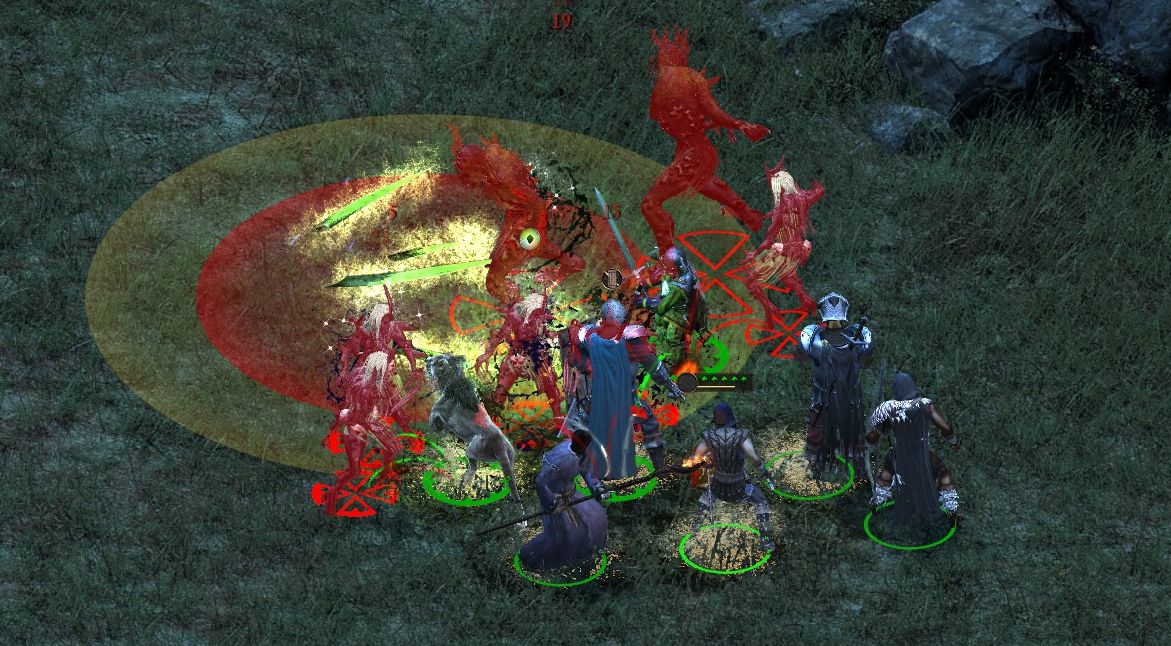
Don't set yourself on fire
Wizards deal huge amounts of damage, but elemental forces don't distinguish between friend and foe. Understanding spell templates can help you avoid hurting your own team.
Colours are important. Red zones will injure everyone in that area, even friends. Yellow zones only damage enemies. Increasing your wizarding stats will increase the ratio of yellow-to-red in your spell templates, which will let you be more reckless with powerful spells.
You can tell which characters are being caught by a spell by the cursors under their feet. They'll turn from a circle into a a segmented circle, and pulsate. If green friendly cursors start doing that, it means they're about to be hit by the spell you're casting (sometimes this is worth the tradeoff, especially if your friendly character happens to have lots of resistance to the element you're casting). Here's the change you're looking for.
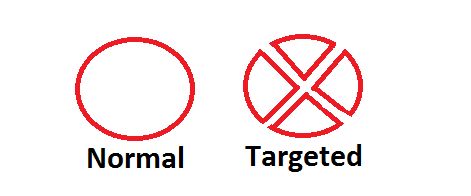

Learn about encounter actions and rest actions
This is really important, and not necessarily obvious to the total beginner. Some abilities can be used in every fight. Between fights, they recharge, and using them normally costs nothing. You should use these all the time. Common examples include the ranger's Marked Prey ability, the fighter's Knock Down ability, and the wizard's Arcane Assault.
Other actions only recharge when you rest. Spells in a wizard's grimoire are a standard example of a per-rest ability. Once these are spent, they're grayed out on your taskbar and you're not getting them back until you camp or rest in an inn.
The best way to find out you're looking at a rest ability or an encounter ability is to mouse over it. You can see some examples in the picture at the top, which features three of my ranger's abilities. Just under the ability name you'll see something like "1 per encounter" or "2 per rest". "Modal" is a stance that you can switch on to continuously modify your stats. This one gives my ranger some armour penetration, but more on that later.
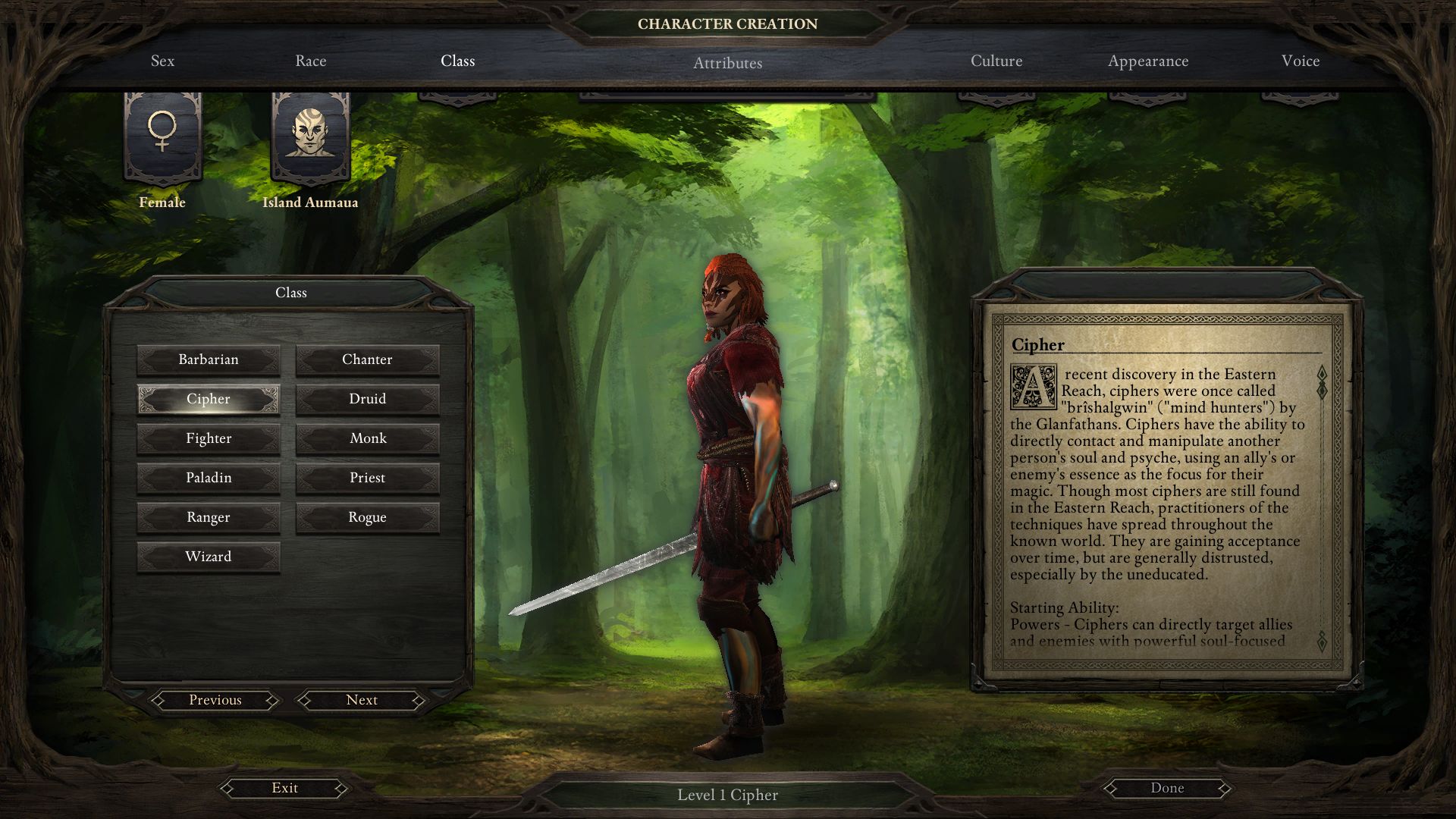
Hire heroes to create a rounded party
Low on tanks? Need a rogue or a wizard to boost your damage output? Pillars of Eternity's hiring system is an elegant solution, particularly early in the game when you haven't necessarily met enough companions to form full six-person squad.
Heroes can be hired from any inn, just talk to the person behind the bar. Instead of hiring pre-existing heroes, you sprout them from your imagination, deciding their race, origin, combat abilities and facial features using the character creator. Don't worry if you have more warriors than party slots. Spare heroes are kept in reserve, and you can choose your team every time you leave town and head into the wilderness.
But what makes a good party? There are no set rules, but to start out you probably want a fighter with skills that let him soak up damage, as well as a wizard (maybe two) to deal damage. Specialist characters like rogues and ciphers require a bit more micromanagement, so perhaps aren't ideal for a total beginner. The choice is yours, but do take a priest.
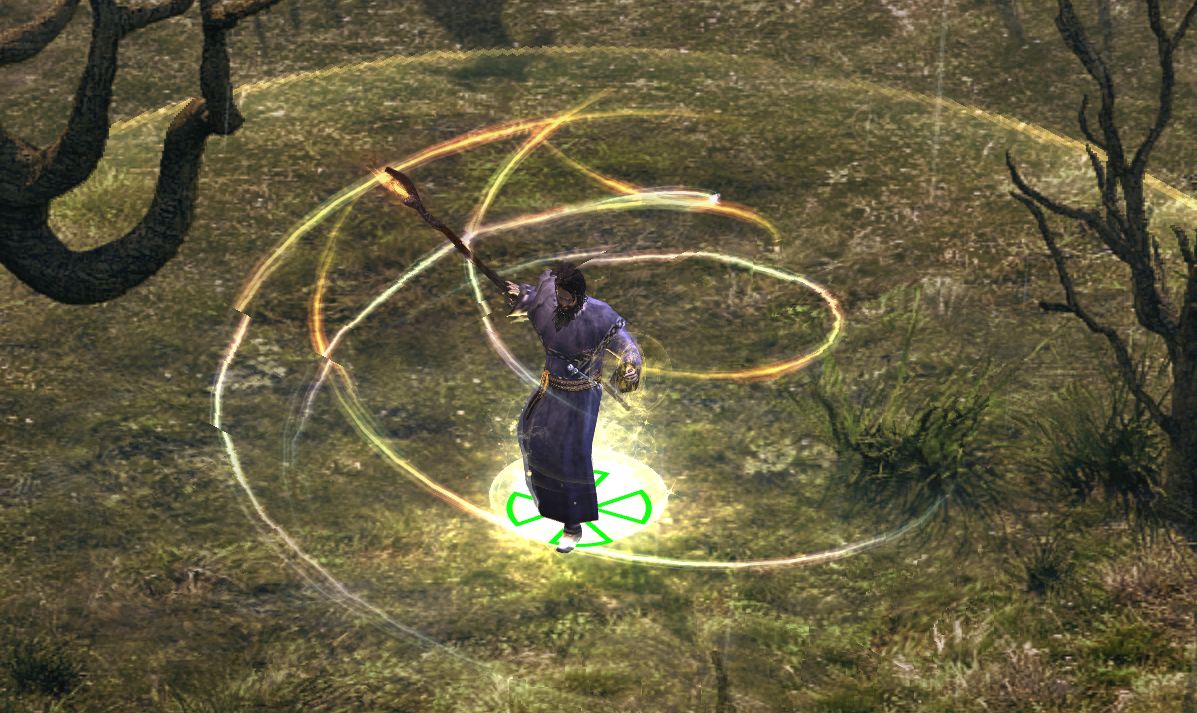
Take a priest
Seriously, take a priest. They come with a wide selection of huge AOE heals, accuracy boosting auras and nasty debuffs. Their auras can gradually heal pals over time, and they have a range of powerful mini-AOE heals that can keep an overwhelmed ally in the fight for longer. They're easy to use and the priest companion you can find can use a lot of abilities between rests. He even has a per-encounter AOE heal that you can use once in every fight. His accuracy-boosting aura is also great if you roll with lots of ranged fighters.
Love him. Care for him. Give him a crossbow or something as his primary weapon so you can keep him out at the back.
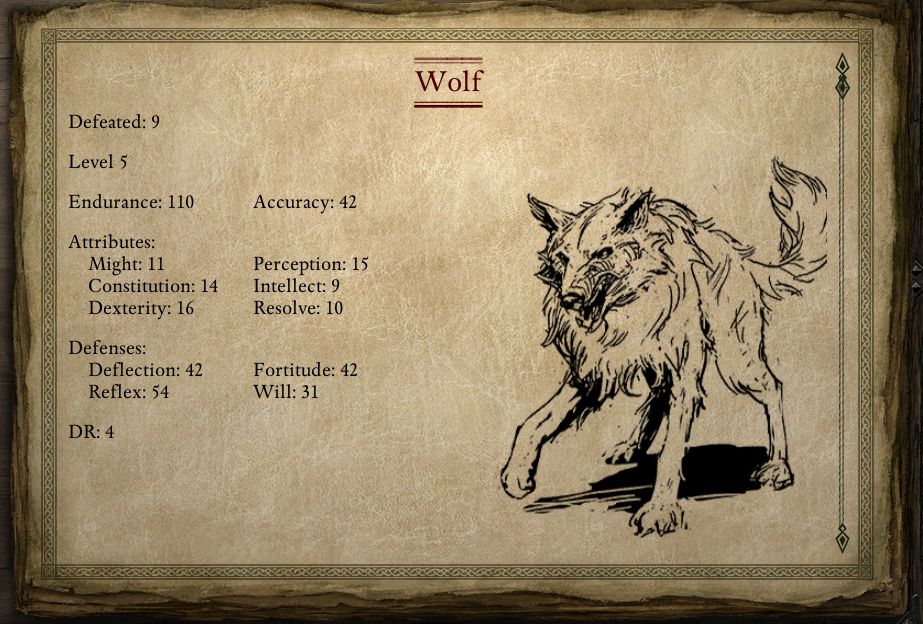
Pay attention to enemy intel
As you fight enemies your bestiary fills up with details about their stats and their abilities. You can see all of this in your journal (press J to have a look), but a useful summary is exposed in combat at the top left of the screen when you mouse over an enemy. This lists the buffs and debuffs they're currently affected by, and gives you a sense of their hitting power.
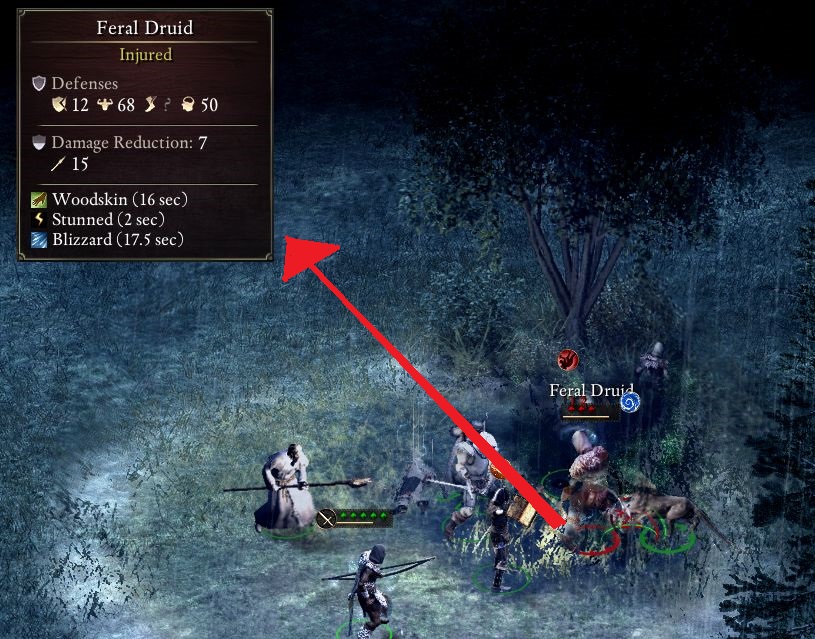
Importantly, this is where you'll find their Damage Reduction (DR) stat. Attacks directed at this character will be diminished by this number, unless you employ penetrative attacks or spells that negate DR.There's no need to memorise all of the maths in the beginning, but if you see a big DR number, you know that's the time to pop abilities that get through armour. Earlier in the feature I highlighted a ranger stance called Penetrating Shot. That gets switched on as soon as a big tanky armoured brute of an enemy appears.
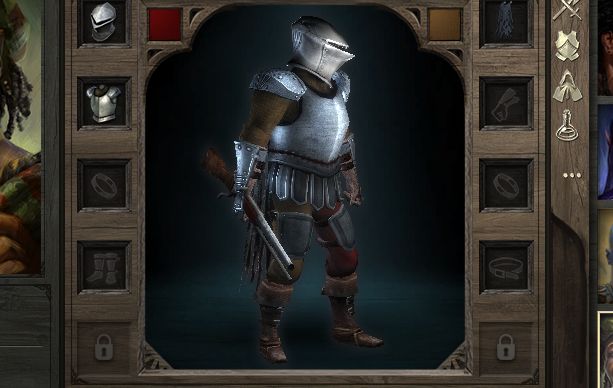
WIzards hate guns
When a fight starts, check for wizards. They can wreck you in lots of exciting ways, overtly with elemental magic, or subtly with buffs that make enemy fighters hard to take down.
Wizards can be killed using many traditional methods—an arrow to the face, an axe to the face, a lion to the face—but a gunshot is more effective. Firearm blasts penetrate Arcane Veil, which is the wizard's go-to defensive shield. Get close and chunk them with a blunderbuss before the fireballs start to fly.
There are a few blackpowder weapons to choose from, and they're all inaccurate and slow to reload. Pistols fire a little faster, but bigger guns like blunderbusses are louder, and therefore better. One-shot enemies from stealth for a laugh.
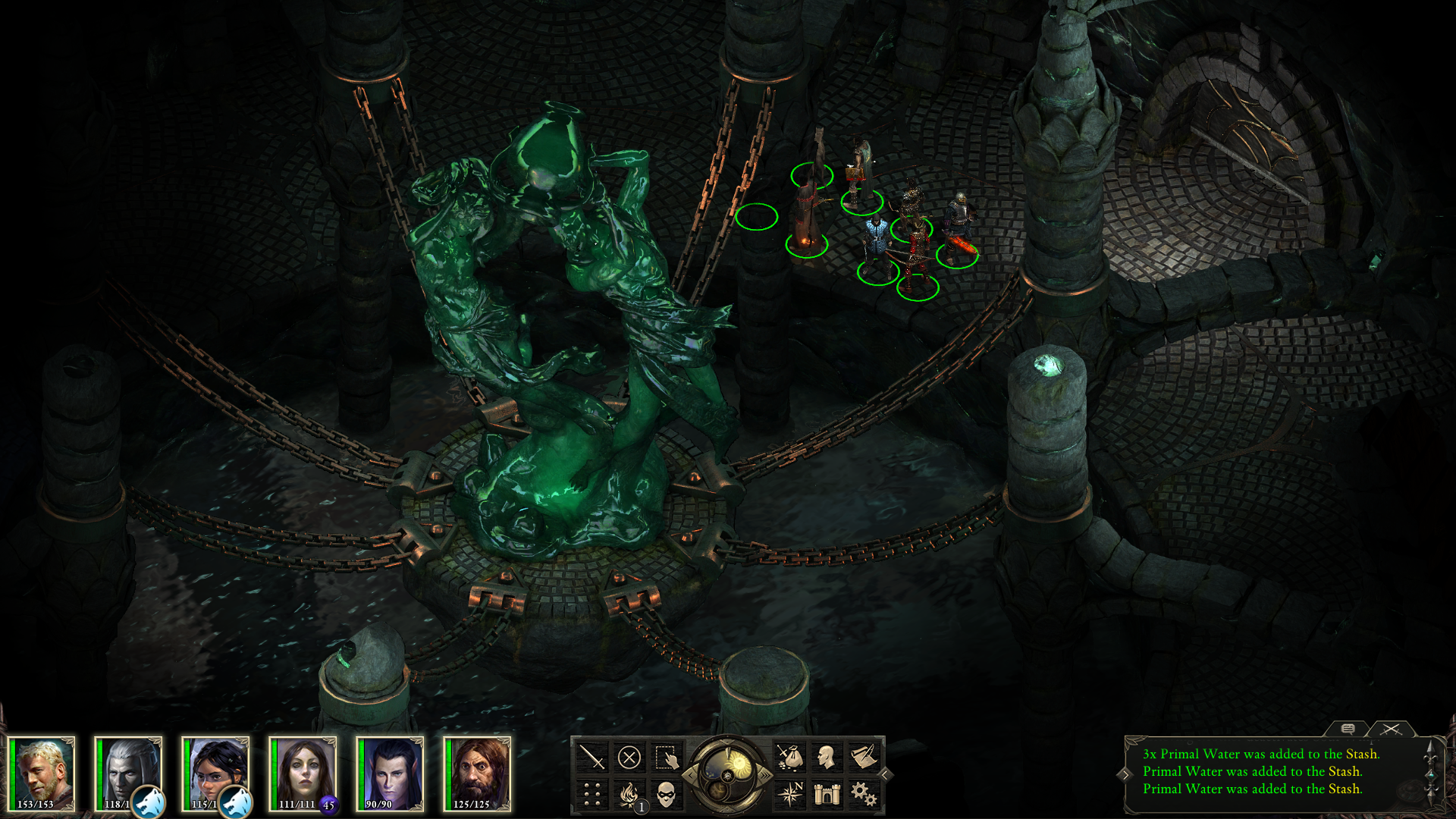
Gather your party and venture forth
That should do for now. There's a huge amount to learn, and we haven't even touched character progression, abilities, spells and classes. Hopefully we've armed you with enough knowledge to survive your first few hours, at least. Then you can start thinking about elemental resistances, building multiple grimoires, and challenging the depths of the Endless Paths of Od Nua.

Part of the UK team, Tom was with PC Gamer at the very beginning of the website's launch—first as a news writer, and then as online editor until his departure in 2020. His specialties are strategy games, action RPGs, hack ‘n slash games, digital card games… basically anything that he can fit on a hard drive. His final boss form is Deckard Cain.

